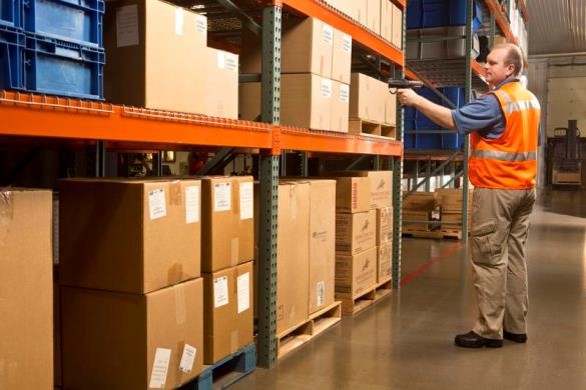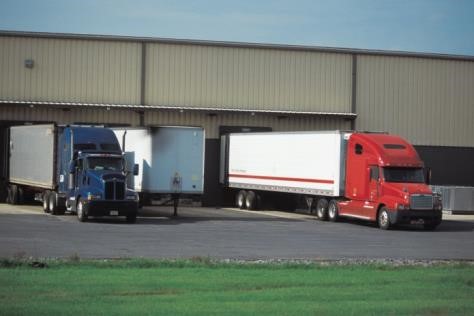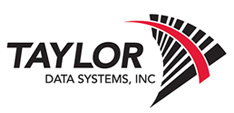BLOG
RFID: Do or Don’t?
We often find that one of the biggest challenges our customers face in the warehouse is the tracking of inventory. For many organizations that operate using a paper-based process, it can be a nightmare. For large-scale operations that produce, distribute or handle millions of dollars of inventory, coming up short can mean hundreds of thousands of lost dollars every year.
Although RFID may not be ideal for every organization, it places certain advantages on those that choose the technology wisely.
What is RFID?
RFID (radio-frequency identification) is comprised of tags, attached to material, containers, etc. and readers that are placed in the entry  ways of a facility in which goods move to and from. Electromagnetic fields are used to automatically identify and track the items that contain these RFID tags. Depending on the tag, an RFID tag can often hold up to 8K of data which is more than some barcodes can store, providing an opportunity for users to a lot of useful, historical data.
ways of a facility in which goods move to and from. Electromagnetic fields are used to automatically identify and track the items that contain these RFID tags. Depending on the tag, an RFID tag can often hold up to 8K of data which is more than some barcodes can store, providing an opportunity for users to a lot of useful, historical data.
You can read more about this technology and popular uses in our previous RFID blog.
Advantages of RFID:
The biggest advantage of RFID is the visibility it provides to the operation, with reliable, accurate tracking of materials that move in and out of the warehouse. Here are the top reasons why customers choose RFID:
- Automate Inventory Control: Real-time data is captured automatically – and accurately. It’s been reported that RFID technology can improve inventory accuracy to nearly 95 percent.
- Eliminate Errors: It’s virtually impossible to make a mistake since the reader does all the work, all the human has to do is pass
 through with tagged goods and the reader will track material location.
through with tagged goods and the reader will track material location. - Reduce Labor Costs: The time spent searching for inventory is over when you implement an RFID solution into your warehouse. This also means cycle counts are fewer and are conducted faster with greater accuracy.
- Control Theft: RFID adds a whole new level of visibility to the supply chain by being able to accurately identify when goods leave one location and enter the next (i.e., a receiving dock, employee parking lot, etc.)
Disadvantages of RFID:
Although it has many benefits, RFID is not a one-size-fit-all solution. Depending on the application requirements, there are times when a barcode data collection solution might be a better fit than RFID. Some examples of this include:
- Barcode labels can be very inexpensive (a matter of a few cents per label) whereas RFID tags can run the gamut from $1/tag to upwards of $30/tag, all dependent upon the type of tags you need. RFID readers are also a bit pricier than barcode scanners.
- Depending on the type of material your RFID tags are coming in contact with, like metal or liquids, for example, the tags could become de-activated and not be able to transmit data.
- Deployment can be complex, with costs associated with that complexity. Understanding what is involved and required will help determine feasibility of implementing. Your expected ROI should be less than 5 years.
Costs are slowly coming down on RFID technology. More and more users are taking advantage of the benefits it can bring to a business that constantly struggles with locating inventory, employee theft, overhead and inventory tracking. Before you make any decisions, find a solution provider that is RFID-savvy and can offer up a number of options to determine which route would be best for your business needs.
Contact us about doing an RFID assessment at your location.






